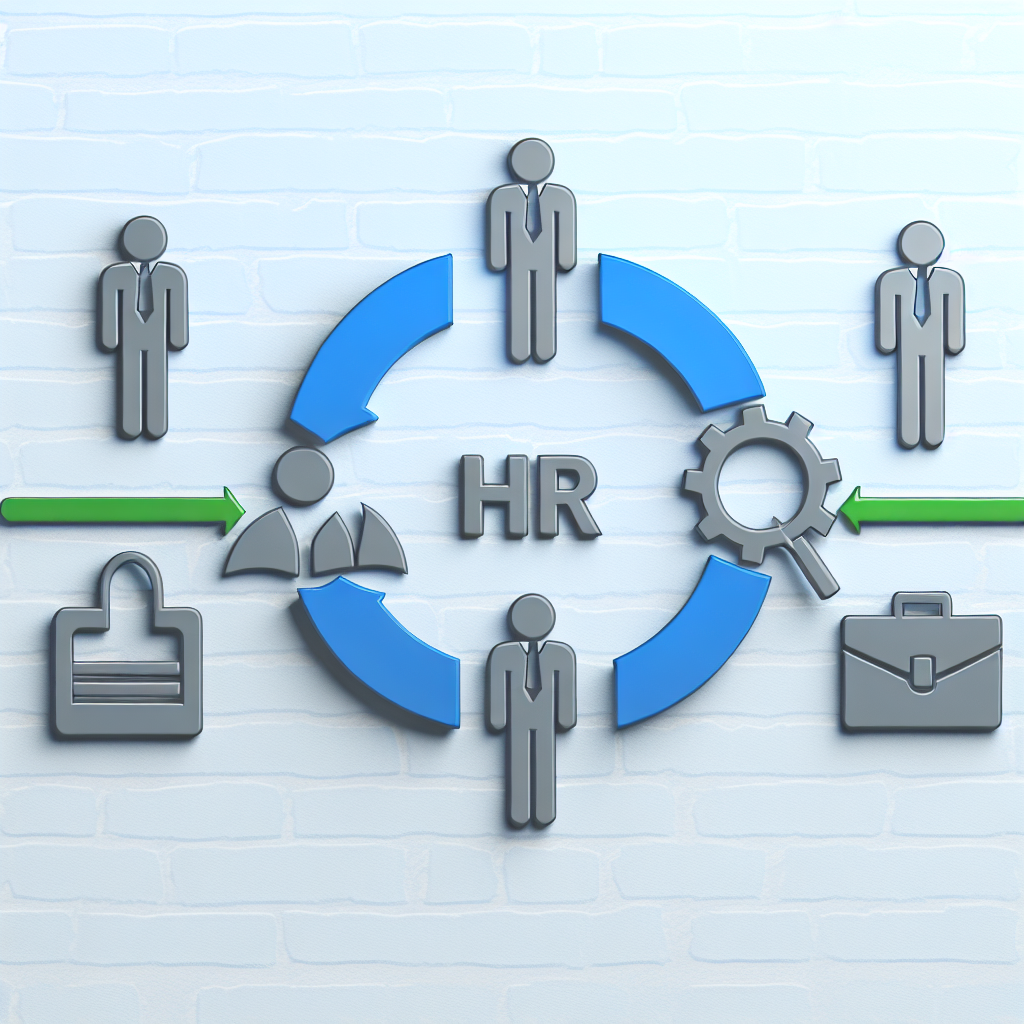
The Human Resource life cycle, commonly referred to as the HR cycle, is an essential framework that HR professionals must master to foster a cohesive workplace culture. This continuous process encompasses the entirety of an employee’s journey—from recruitment through to separation—ensuring that each stage is interconnected and aligned with the organisation’s broader goals. Understanding the nuances of the HR cycle allows HR professionals to improve talent retention, enhance employee experiences, and ultimately drive organisational success.
Understanding the HR Cycle
At its core, the HR cycle comprises various integrated HR activities that are not just independent tasks but interdependent stages that work harmoniously. This interconnected nature facilitates the execution of HR strategies, ensuring that they complement the overall business strategy. Each step in the HR cycle plays a pivotal role in shaping an employee’s experience, thereby directly impacting productivity and engagement within the workplace.
1. Integration with Business Strategy
The HR cycle commences with the formulation of a business strategy, which subsequently informs HR strategy, organisational design, and HR actions. This crucial integration guarantees that HR practices are in alignment with the overarching goals of the organisation, ultimately fostering a more united and effective workforce.
2. Focusing on Employee Experience
At the heart of the HR cycle lies an intrinsic focus on the employee experience. From the initial attraction phase to eventual separation, managing and visualising this journey is fundamental. A well-crafted employee experience is instrumental in enhancing engagement and retention rates, which directly contributes to improved business performance.
Current Trends Influencing the HR Cycle
As we navigate through 2024, several trends are reshaping the landscape of the HR cycle. Keeping abreast of these can help HR professionals remain at the forefront of their field.
1. Technology Integration
With the emergence of innovative technologies, HR tasks and processes are undergoing significant transformation. Although technology has traditionally facilitated administrative tasks, the future promises even more impactful changes. For instance, HR tech vendors are developing solutions to automate repetitive managerial tasks such as scheduling and performance feedback. As these tools evolve, they will likely replace additional managerial responsibilities, allowing HR teams to focus on more strategic activities that add value to the organisation.
2. Data-Driven Decision Making
Another critical trend is the escalating reliance on data-driven decision-making within HR functions. Predictive analytics enable professionals to anticipate and counteract issues related to employee engagement and retention. By leveraging data across various stages of the employee life cycle, HR can implement strategic measures at the most opportune moments, enhancing individual experiences and bolstering overall organisational success.
Benefits of an Effective HR Cycle
Implementing and continuously refining the HR cycle carries numerous advantages for organisations. These benefits contribute significantly to the sustainability and growth of the workforce.
1. Improved Talent Retention
A well-managed HR cycle translates to enhanced recruitment and onboarding processes. By ensuring new hires are matched with roles that align with their skills and aspirations, organisations can elevate motivation and engagement. This alignment reduces turnover rates, fostering a happier workforce committed to their roles.
2. Strengthened Employer Reputation
Organisations that showcase a dedication to employee well-being through various initiatives enjoy an enhanced reputation as desirable employers. A strong employer brand not only attracts new talent but also cultivates a more motivated and loyal workforce.
3. Optimised Resource Allocation
The HR cycle provides insights that facilitate strategic resource allocation. By identifying critical touchpoints that warrant additional investment—be it in training, support, or technology—HR can significantly impact employee satisfaction. For instance, investing in comprehensive onboarding programmes can elevate early engagement and long-term retention.
4. Enhanced Employee Experiences
When HR professionals possess a nuanced understanding of the interdependencies within the employee life cycle, they can create a cohesive employee experience. This holistic management approach not only improves individual employee journeys but also enriches the overall organisational culture, leading to increased loyalty and motivation.
Conclusion
In conclusion, the HR cycle represents a comprehensive framework that seamlessly integrates HR activities within the employee life cycle. By leveraging cutting-edge technology, embracing data-driven strategies, and optimally allocating resources, organisations stand to greatly improve talent retention, enrich employee experiences, and ultimately drive enhanced organisational success.
As the landscape of Human Resources continues to evolve, grasping the intricacies of the HR cycle will help HR professionals to proactively respond to changes in the workplace. Embracing this cyclical model is not just a recommendation; it’s a strategic necessity in today’s competitive environment.
References
- The HR Life Cycle in 13 Steps – AIHR
- HR Role in Employee Life Cycle – beSlick
- The stages of the HR life cycle – StaffCircle
Vadim Kouznetsov is a distinguished entrepreneur and the visionary founder and CEO of JobXDubai.com, the UAE’s rapidly expanding job board. Renowned for his expertise in bridging the gap between job seekers and employment opportunities, Vadim has become a leading authority in the recruitment and job market of Dubai.
